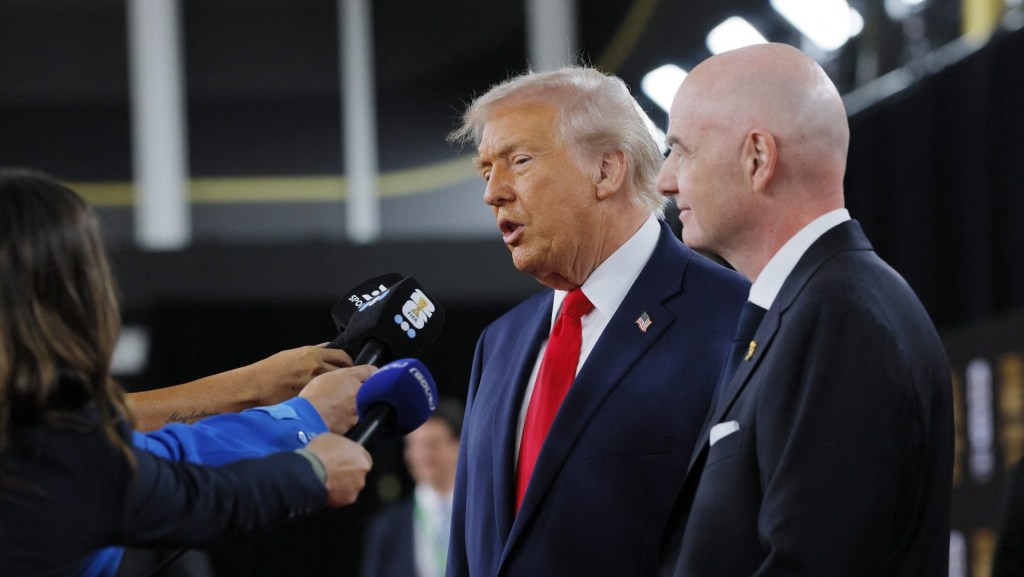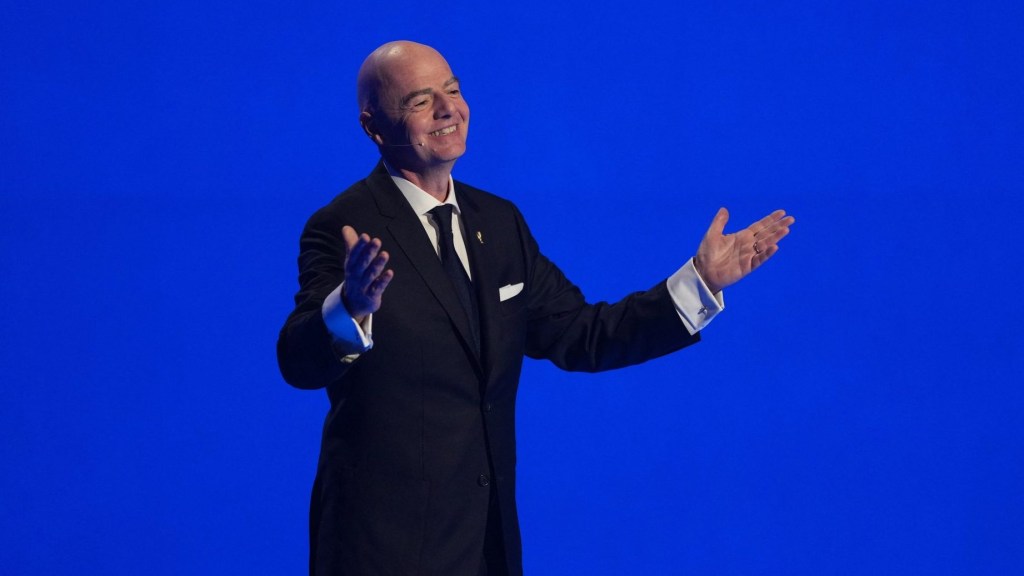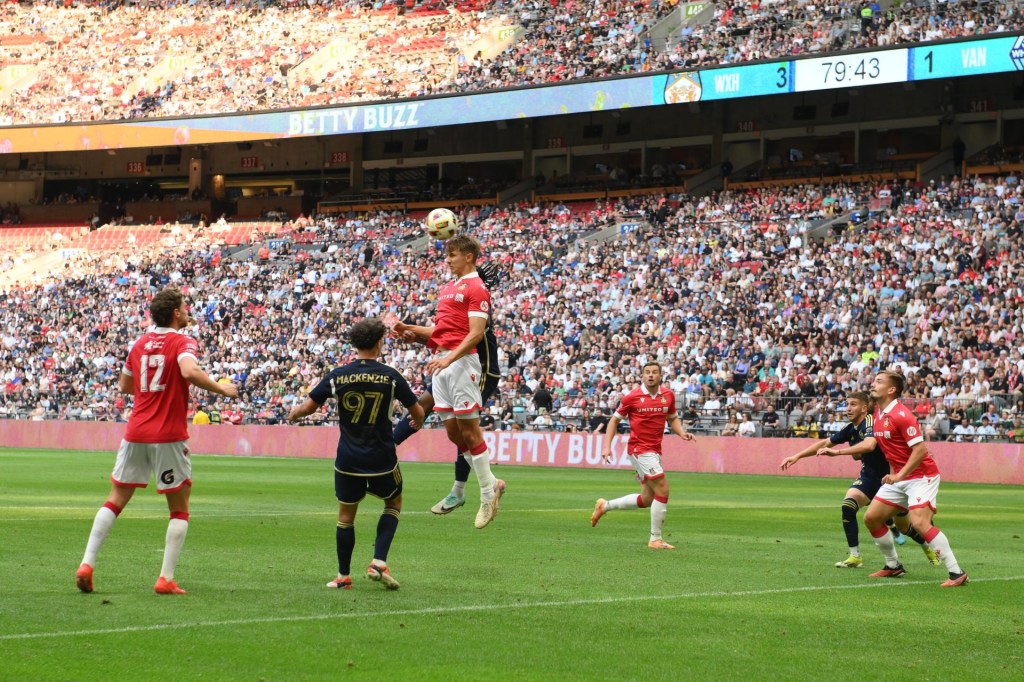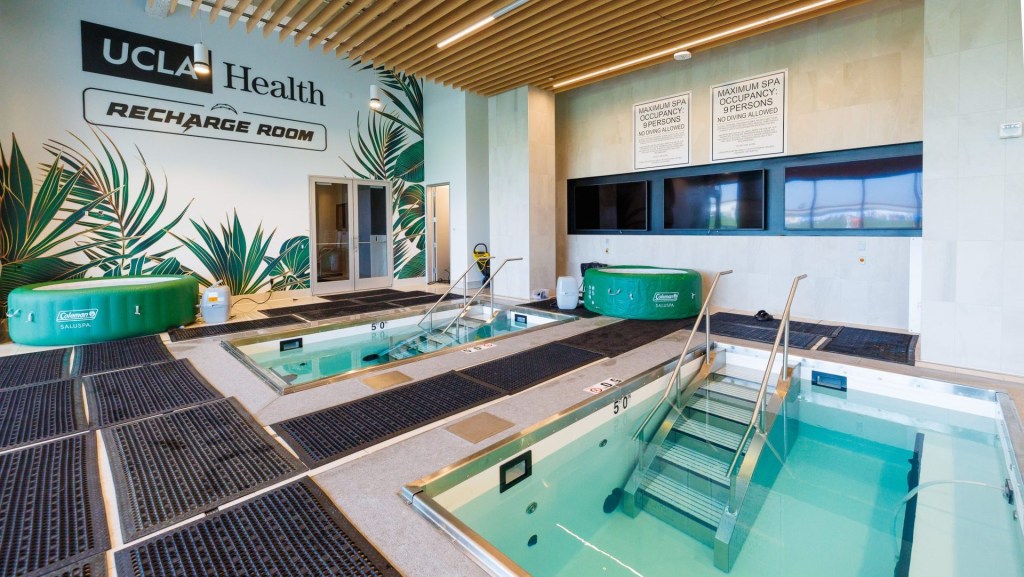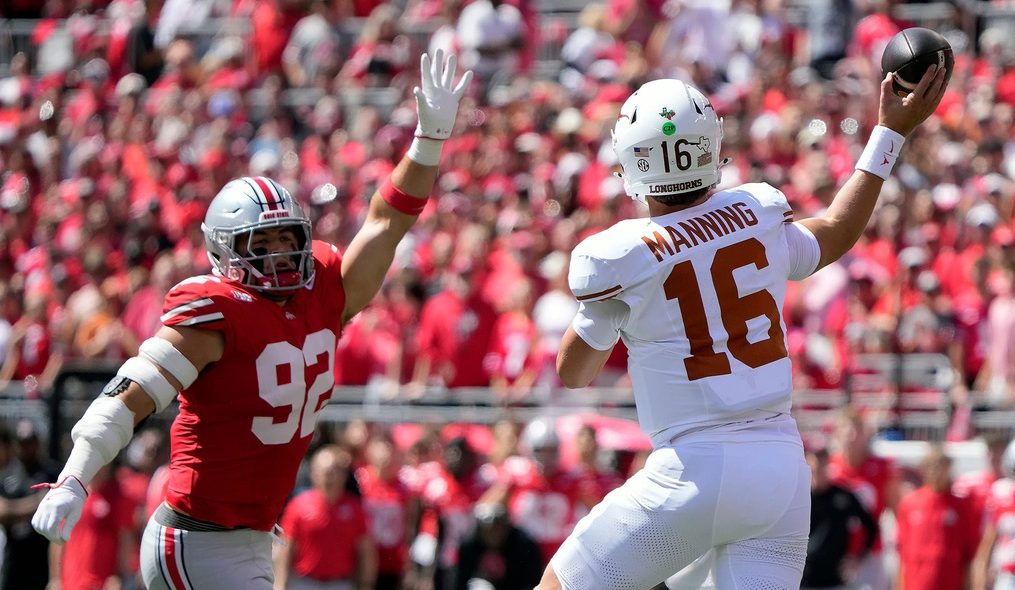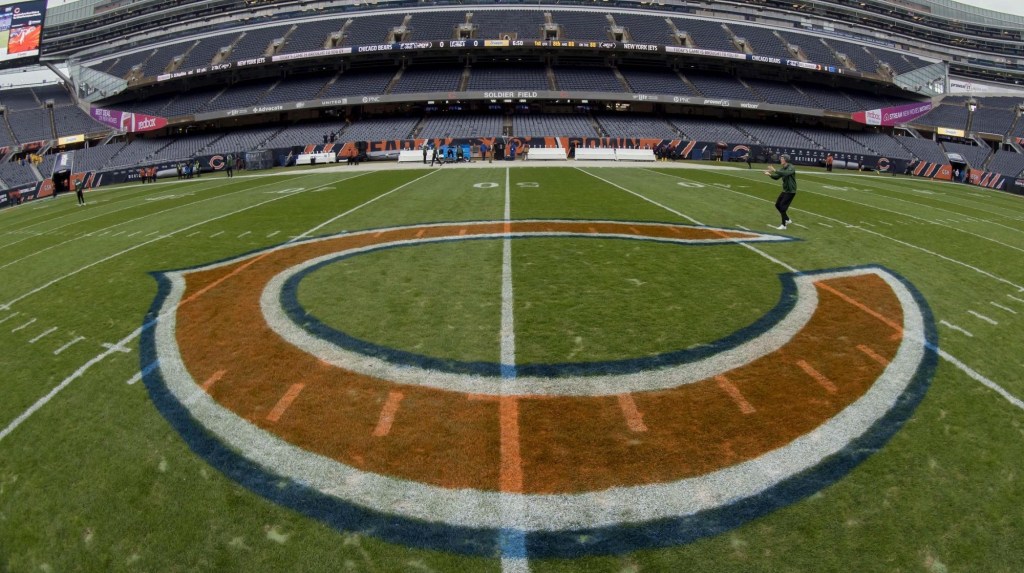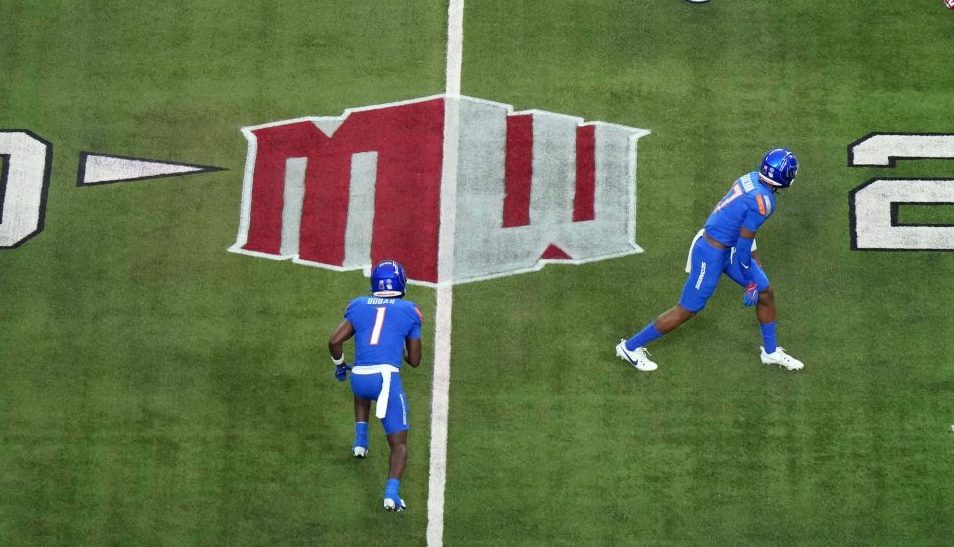Promotion and relegation are finally coming to U.S. pro soccer as the United Soccer League has formally approved a long-discussed structure to move teams among three tiers of men’s competition.
The historic move is the first by a U.S. pro sports league, and places the USL in alignment with the rest of global men’s soccer, where promotion and relegation are a fundamental component of league structures. The USL system will involve its existing USL Championship and USL League One, as well as a recently announced U.S. Division I pro entity that will seek top-tier status and present a direct challenge to Major League Soccer.
“We like the idea of aligning with the global game,” USL president and chief soccer officer Paul McDonough tells Front Office Sports. “A big part of this is also finding ways to have more games of consequence, eliminating some of those dead-rubber matches that don’t have much bearing in the standings, and having more of them really matter—which is going to help drive fan interest and awareness.”
Bigger Picture
The USL move, aimed to start in 2028, presents a significant inflection point in the development of pro soccer in the U.S.—particularly as the country will host the 2026 FIFA World Cup along with Canada and Mexico. Promotion and relegation have been revered in many other parts of the world, as they introduce a clear sense of meritocracy by punishing poor-performing clubs and rewarding top ones.
Among the key factors inhibiting its prior use in the U.S., however, is the public money that often goes into stadium development. Cities and states contributing taxpayer money for new facilities have often insisted that the team in question stays in their league and also doesn’t relocate—with those terms written into the formal contracts to help safeguard their investment.
Hefty expansion fees, rising franchise values, and the potential of losing out on lucrative media-rights revenue have also helped cool the U.S. appetite elsewhere for promotion and relegation, and MLS historically has been lukewarm at best about the topic.
The USL effort, however, seeks to work around all of this.
“Infrastructure is really important, and our owners definitely see the value of building and having [new] stadiums,” McDonough says. “The key, though, is to rightsize for each community, each market, and create a situation where each one of those communities leans into what we’re doing, regardless of whether the team gets promoted or relegated.”
The USL intended to move forward on the new structure in 2023, but owners ultimately were not ready then. The recent announcement of the new Division I league, however, served as a major catalyst to reignite the internal talks, and the system came together in a matter of weeks.

